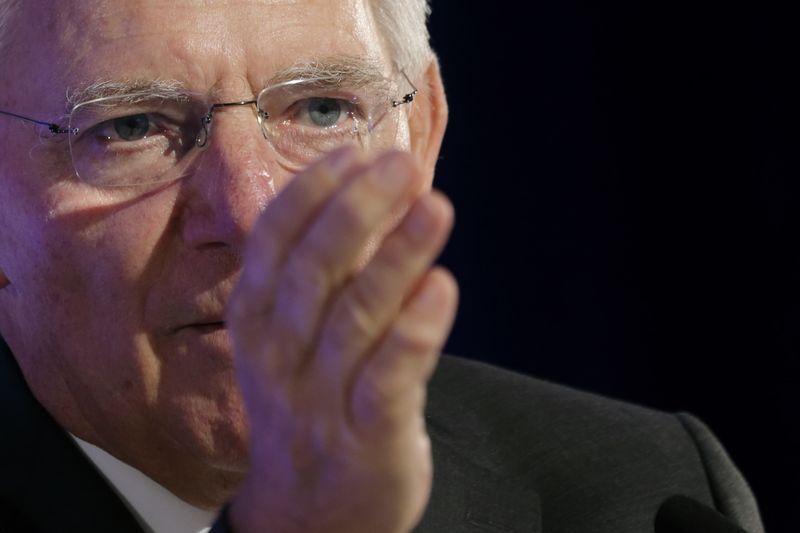U.S. stocks rise on Fed cut bets; earnings continue to flow
On Monday, Uber (NYSE:UBER) announced a significant financial milestone, generating an operating income of $326 million and a free cash flow of $1.1 billion in the second quarter of 2023, which ended on June 30. This positive turn financially has been welcomed by investors, with Uber's stock increasing by 89% in 2023 as of September 29.
However, despite this favorable development, there is a need for investors to remain vigilant of potential downside risks. The rise of autonomous vehicles (AVs), a trend that has gained momentum over the past decade due to the growth of electric vehicles led by companies like Tesla (NASDAQ:TSLA), poses both an opportunity and a threat to Uber's business model.
The advent of fully self-driving (FSD) vehicles could potentially eliminate Uber's largest cost - the driver. Currently, drivers keep about 75% of the fare, plus any promotions that Uber might offer to attract and retain them. The elimination of this cost could significantly boost Uber's profits.
However, the rise of AVs also presents a significant risk to Uber. If FSD cars become commonplace, software providers developing this technology could create their own robotaxi services, potentially rendering Uber's ride-hailing service obsolete. In this scenario, cars would merely become a commodity.
Several companies are leading the race in AV technology. GM subsidiary Cruise is testing robotaxis across various U.S. cities and internationally. Tesla is also a contender with CEO Elon Musk envisioning a global fleet of robotaxis running nonstop to generate high-margin revenue for the company. Alphabet (NASDAQ:GOOGL)'s Waymo is another major player, having achieved 1 million miles on the road with its driverless ride-hailing app, Waymo Driver, as of January 2023.
Interestingly, after exiting the AV research field directly in 2020, Uber announced a partnership with Waymo, allowing Uber riders in Phoenix, Arizona, to book rides using Waymo Driver. This move signals Uber's recognition of the need to rely on AV software providers to stay ahead in the industry.
While this partnership could be seen as Waymo's attempt to tap into consumer behavior on the leading ride-hailing platform, it remains to be seen how these developments will impact Uber's competitive positioning in the long term.
This article was generated with the support of AI and reviewed by an editor. For more information see our T&C.
